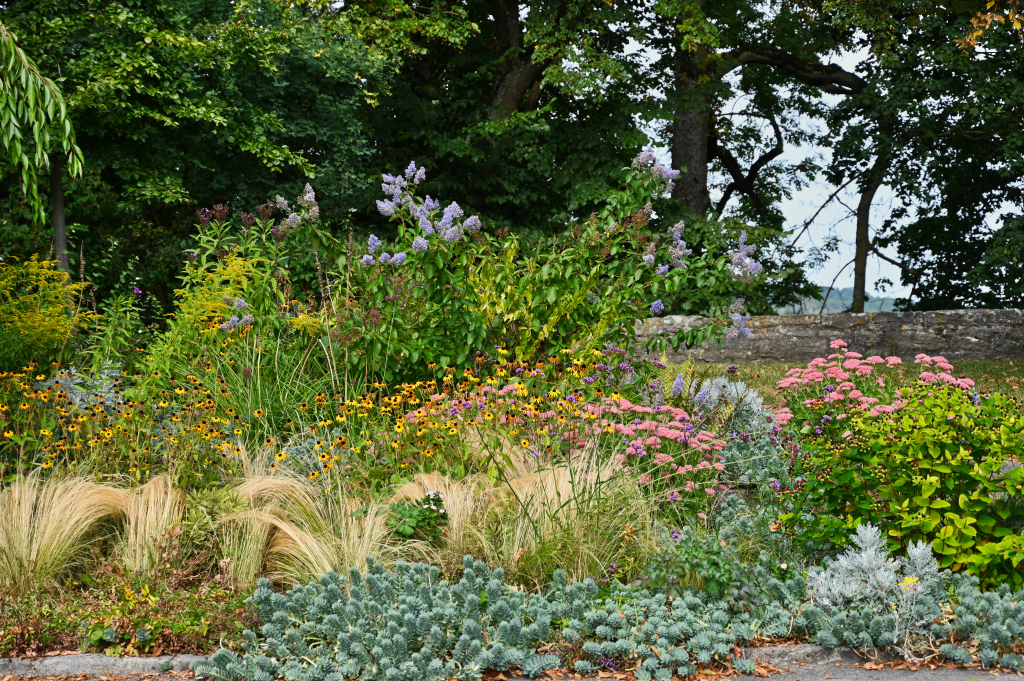Composition #1
Wicked Problems
Kasey Tipton
CODES Wicked Problem
In our CODES program, we are tackling a wicked problem. Our overall theme and problem for CODES is the term reparative justice. According to the New England Board of Higher Education, “Reparative justice is a way of thinking about justice (a mindset) that centers those who have been harmed, and focuses on repairing past harms, stopping present harm, and preventing the reproduction of harm.” This is exactly what we are attempting to do in our program.
Chart Demonstrating the Different Aspects of Reparative Justice
As reported by Sonya Remington-Douchette in Sustainable World, wicked problems are often hard to solve. Remington-Douchette defines a wicked problem as “Difficult problems that cannot be addressed using only traditional approaches, such as scientific and technological advances, and that require continuous attention because they can never be completely resolved.” She also states that problems have to have six certain characteristics for them to be considered a wicked problem. “Vague problem definition, undefined solution, no endpoint, irreversible, unique, and urgent.” (Remington-Douchette).
Video Explanation of Wicked Problems
The first characteristic is having a vague problem definition. Since our CODES problem is reparative justice, the term itself seems a little vague. However, we need to put our term into context. Our cohort is partnering up with the Missouri Botanical Gardens to help with our problem. The Missouri Botanical Gardens wants and needs to hear the ideas of the new generation, in order for their reparative justice issues to be helped.
Image of the Climatron at the Missouri Botanical Gardens
The second characteristic is a problem having an undefined solution. There may not be one definite solution to our problem. For example with our problem, an undefined solution can be shown in having very westernized names of the plants. We should try to help the gardens demonstrate the native names of these plants. However, everyone is subject to their own opinions, so there may be different thoughts about how to approach the problem, or even how to solve it. For example, our cohort is split up into 3 different research teams. We each are trying to take on separate pieces of the problem at hand. My team is working with indigenous plants. Another team is working with the background and history of the problem. The third and final group is working with how to display the information to the public. I think it is a great idea to split our cohort up in order to successfully help the wicked problem.
The third characteristic is a problem having no specific or any endpoint. There are several different factors that go into problems. When trying to solve a problem as large and broad as this, other problems may come up along the way. There may be no specific time period when the problem is solved. It is an ongoing process. Smaller pieces of our problem may be solved, but it will take time to help the overall problem. We could be working on our problem for years, and it never be fully solved, just improved. Since our problem is hard to sustain and hard to fund, it may be difficult to come to a specific endpoint.
The fourth characteristic is that the problem is irreversible. Sustainable World defines this as “… the effectiveness of a solution cannot be verified prior to implementation through low-stakes trial-and-error testing.” (Remington-Douchette). Even though there is no way we can change the past, we can try to help the community heal from the events and help prevent the problem from reoccurring again. Our problem focuses a lot on the history of the gardens. For example, where the plants came from, and the slavery that went on in and around the gardens. Since our problem involves plants that are concentrated in a specific area, our problem is irreversible.

Different Types of Native Plants at the Missouri Botanical Gardens
The fifth characteristic is the uniqueness of a problem. Problems are all different and unique. Sustainable World demonstrates that “every specific situation is distinct because the cultural, political, social, environmental, technological, economic, and other important aspects will be different in particular contexts.” (Remington-Douchette). There are a lot of different factors that affect our problem. For example, the history of the gardens, the location of the gardens, and the economic factors. Whether that be the money they are able to spend to improve the reparative justice, or if the community is able to afford admission to the gardens. Our problem is unique because it is specific to the Missouri Botanical Gardens.
The sixth and final characteristic is that the problem needs to be solved urgently. Certain problems need to be solved as soon as they can be. If a problem gets put off for too long, it can cause severe harm. Knowing the urgency of a problem can also add additional stress to it. Our problem needs to be solved in order for the community to heal. Additionally, we need to stop our problem from recurring to prevent the cycle. We have to try to help educate the community as well as a way to keep the memory alive. Old problems may keep coming up and continue to be problems.
In our research team, we have to decide how to define our problem. Everyone needs to share their ideas and opinions so we can assess our problem. We need to determine the causes, and develop a plan of action. We need to try our best to help out in reparative justice. This is such a huge problem, not only in the Missouri Botanical Gardens, but in other communities as well.
Sources:
https://nebhe.org/reparative-justice/embed/#?secret=k7V6jPFlT3#?secret=JLvdKS54gx
Sustainable World Textbook by Sonya Remington-Douchette
https://law.wisc.edu/fjr/rjp/justice.html
https://www.missouribotanicalgarden.org/tickets
https://www.quietvillagelandscaping.com/blog/stunning-native-plant-combinations-st-louis-garden/